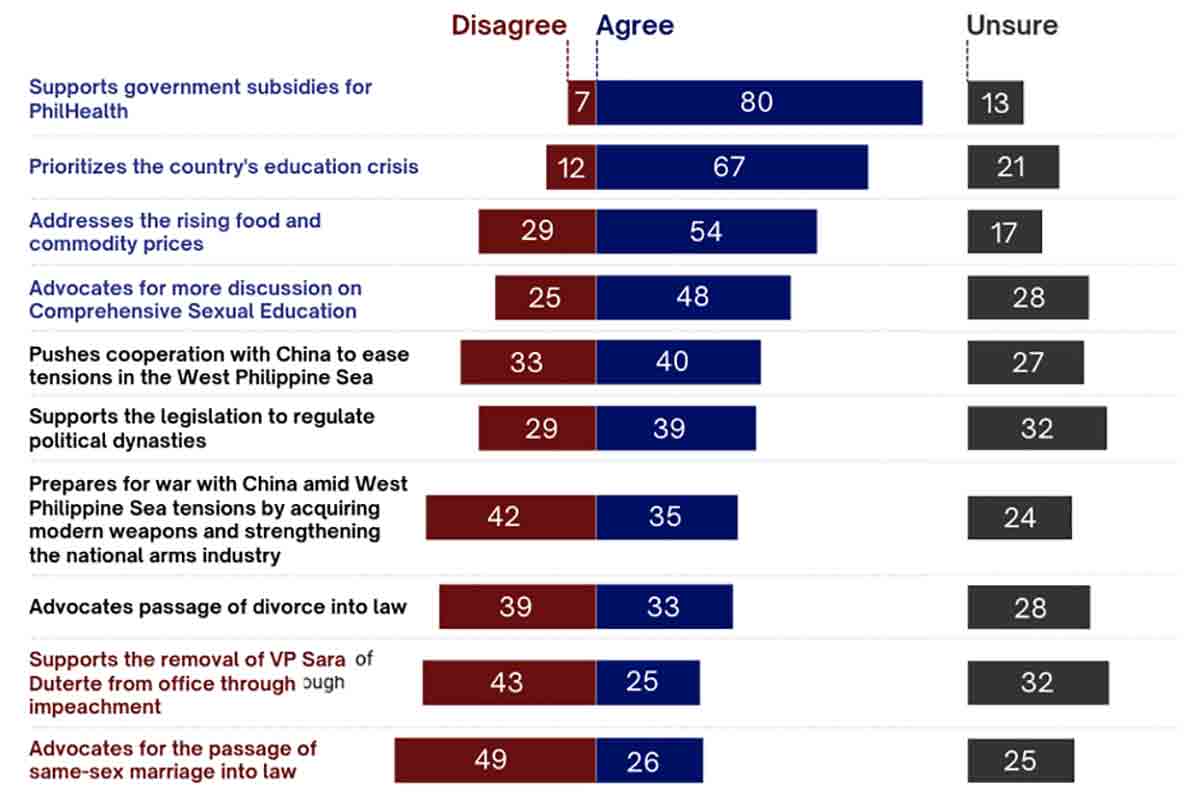
By Francis Allan L. Angelo
Panay can now heave a sigh of relief.
The completion of the Cebu-Negros-Panay (CNP) 230-kilovolt (kV) backbone project has been heralded as a turning point for Iloilo City and the broader Panay Island, assuaging fears of recurring power outages and bolstering regional economic growth prospects.
At a key event held at the NGCP Barotac Viejo Substation, Roel Z. Castro, President and CEO of MORE Power, underscored the substantial benefits of the CNP project, emphasizing the marked improvement in Panay’s power infrastructure.
MORE Power is the sole power distributor of Iloilo City.
“With the energization of the CNP grid, we’re not just looking at a band-aid solution but a robust enhancement of our power reliability,” Castro said, in the presence of Iloilo City Mayor Jerry P. Treñas and other dignitaries. “While there is always the risk of blackouts, the CNP project significantly reduces this, bringing us closer to our goal of sustainable, uninterrupted power.”
This development comes on the heels of a difficult period in January when Panay was gripped by a 4-day blackout following unplanned outages triggered by grid disturbances.
Castro expressed optimism, saying, “The CNP project slashes the probability of such incidents from 50% to a more manageable 10-20%.”
The backbone project—comprising CNP1, CNP2, CNP3, and the Negros-Panay Interconnection Project Line 2 (NPIP L2)—is a vital step in strengthening the grid and improving the reliability of power transmission among the islands of Cebu, Negros, and Panay.
It notably expands the capacity of the submarine cable, enabling Panay to draw power from neighboring grids in Leyte, Cebu, and Negros when needed. The project, deemed one of the most significant undertaken by NGCP, is set to support the existing 138kV facilities.
President Ferdinand Marcos lauded the NGCP’s achievement during the ceremonial energization, recognizing the importance of integrating the power systems across the islands to ensure a stable and reliable power supply.
Anthony Almeda, CEO of NGCP, commented on the project’s significance, “The CNP backbone is a critical link that will ensure a more reliable power transfer and support the fast-growing economies of our Visayan provinces.”
Amidst this backdrop, Castro brought attention to the responsibility of Distribution Utilities, noting their critical role in ensuring the benefits of generation and transmission advancements reach consumers.
For Castro, the power industry’s version of a “spare tire” comes in the form of ancillary services, which are essential for maintaining uninterrupted power supply.
The expanded capacity of the submarine cable due to the CNP project now allows for increased draw from Leyte, Cebu, and Negros, potentially safeguarding against the sort of power disruption experienced last April and January.
With summer still simmering and energy demands on the rise, the timely completion of the CNP backbone project promises to be a boon for Panay Island, potentially heralding a new era of energy security and economic stability for the region.
“The consumers’ needs are clear: they want reliable, sustainable, and affordable electricity. With the CNP grid now online, we’re in a stronger position to deliver on these essentials,” Castro said.






















